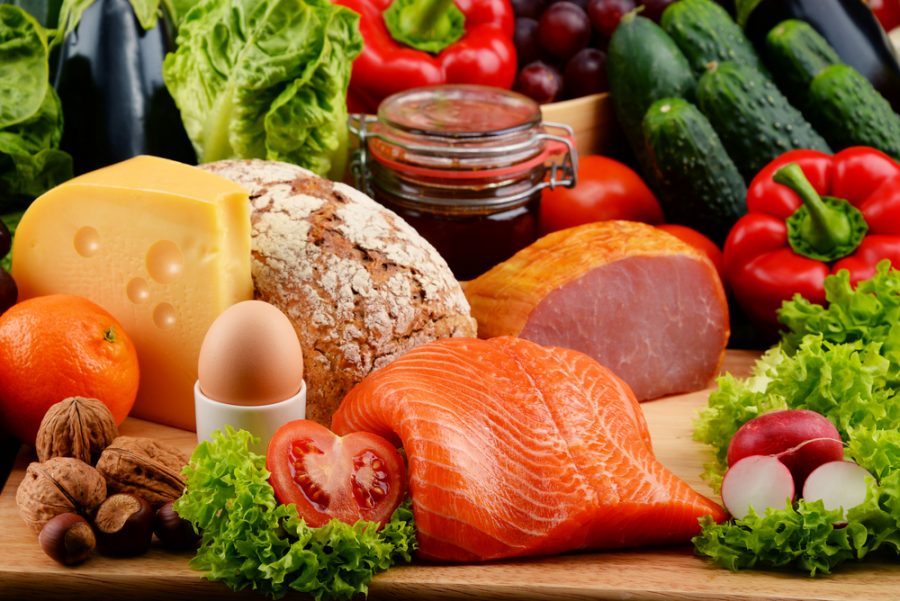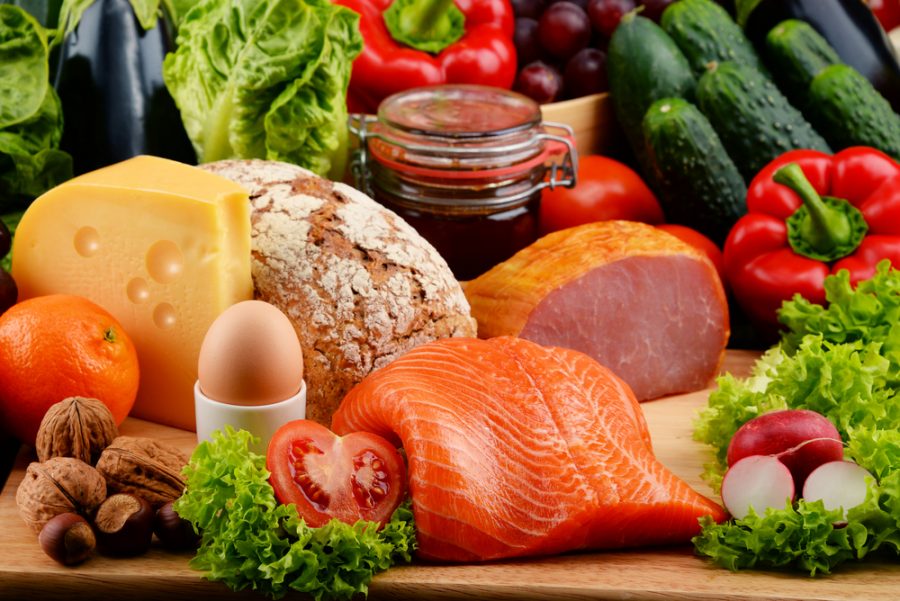Along with fashion and the latest gadgets, food trends in the UK are evolving. This month, a start-up from Derbyshire founded a range of organic chocolate bars — free from refined sugar, dairy, gluten and wheat. Across the rest of the UK, trends include recipe boxes and growing our own. Together with Compost Direct, advocates of growing your own and retailers of garden bark chips, we find out more.
A new gardening hobby
Following the disastrous recession of 2007, many homeowners turned to their own gardens to grow produce rather than purchasing from a supermarket. In 2012, for example, the BBC reported that almost a third of British adults grow their own food. A further 51% said in a survey that they would take to the vegetable patch if food prices were to rise further.
In a more recent survey, YouGov discovered that 77% of gardeners said that eating the food they’ve grown themselves is a main benefit of gardening. What’s more, 44% grow enough fruit and vegetable to share with their friends and family, while over 25% said that growing their own food was now their hobby.
Organic produce on the rise
The popularity of organic produce has been growing steadily for a few years. Now worth a huge £2.09 billion, the market witnessed 7.1% growth in 2016 alone. In fact, organic food and drink now represents a 1.5% share of the total UK market, according to the 2017 Organic Market Report. On a global scale, the UK’s organic market makes up 4% of the $81 billion worldwide organic sales.

The newfound love for organic has been linked to the growing awareness of its benefits. Overall, 80% of consumers said they had knowledge of organic food, with 39% buying it on a weekly basis.
It can also be linked to the UK’s new fitness culture — lead by our increased use of the internet. As images of toned, healthy bodies litter our news feeds, we’re inspired by self-improvement. Given that organic food is often fresher, containing fewer pesticides and no genetic modifications, it’s the route many people choose as part of living and eating better.
It appears as though healthier consumers aren’t the only beneficiaries of the new trend. Foodservice markets have achieved substantial growth too — sales of organic food within the UK’s foodservice market rose by 19.1% in 2016 to be worth a staggering £76.6 million.
To respond to the new food trend, restaurants, pubs and cafes have had to change their menus. Many well-known restaurants have made the switch to organic, including Jamie’s Italian, McDonalds and Nando’s.
Wholesalers must then change their supplies to keep up with the outlets. Between 2015 and 2016, there were almost 25% more licensed organic wholesalers, responding to the growing demand for wholesome food.
The public service is jumping on the bandwagon too — schools, universities, hospitals and workplaces are serving organic food under the Food For Life Catering Mark.
Ordering more recipe boxes
As our reliance on technology increases, it appears as though we are expecting the same level of efficiency in other areas of our lives such as shopping and cooking. Our busy lives has now given rise to the recipe box. Pioneered by the likes of Hello Fresh and Gousto, these boxes contain all of the ingredients you need to cook tasty meals, along with instructions on how to do it.
The boxes offer a new level of convenience for consumers — reducing their need to even visit the supermarket. Therefore, it’s not surprising that they’ve been successful. In 2015, the recipe box industry achieved some £702 million in worldwide sales. By 2025, predictions estimate that this will grow to £3.8 billion as the market goes from strength-to-strength and more companies emerge.
The recipe box is also appealing to the environmentally conscious consumer too. Bearing in mind that UK households created £12 billion of edible food in 2017, the recipe box is ideal as it only provides what you need for each recipe. According to analytics by Cardlytics, spending on recipe boxes grew by 64.6% in the first half of 2016, with the volume of orders increasing by 47.6%.
They are a new threat to supermarkets however — pushing them to up their game. Tesco and Waitrose have both launched a recipe kit range within their stores. With Waitrose vowing to make them a permanent part of their range, Tesco is still in the trial stages.
So, from organic chocolate bars to ordering exactly what we need for the week, our food trends are certainly changing and it looks to be for the good.
Sources:
https://www.soilassociation.org/certification/trade-news/2017/uk-organic-market-tops-2-billion/
http://www.bbc.co.uk/news/uk-18094945
sundaypost.com/in10/home-and-garden/garden-people-growing-produce/
http://www.bbc.co.uk/news/business-36057783
https://www.theguardian.com/environment/2017/jan/10/uk-throwing-away-13bn-of-food-each-year-latest-figures-show
http://uk.businessinsider.com/hellofresh-and-gousto-are-nibbling-away-at-supermarket-revenues-2016-11
http://www.derbytelegraph.co.uk/news/business/want-eat-chocolate-without-guilt-516315































No Comments
Leave a comment Cancel